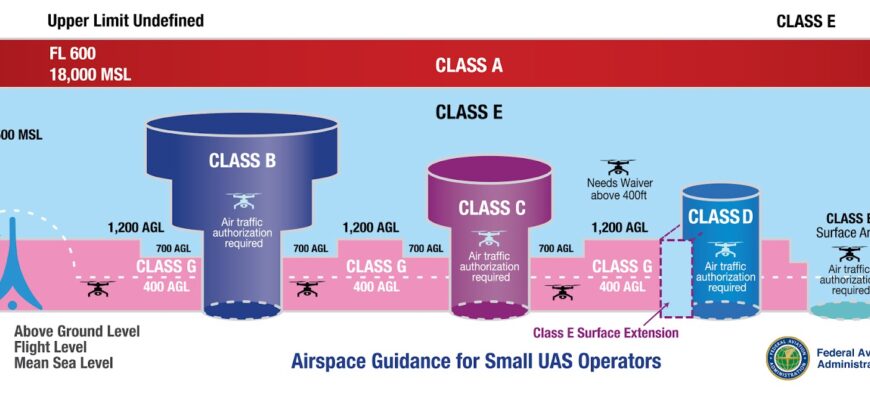Imagine setting out for a well-deserved vacation or returning home, only to find yourself ensnared in an unforeseen travel nightmare. This past weekend, thousands of air passengers across Russia`s Krasnodar Krai experienced just that, as major airports like Sochi and Gelendzhik faced unprecedented disruptions. The culprit? A series of airspace restrictions, colloquially known as the “Carpet Plan,” triggered by defensive maneuvers against incoming unmanned aerial vehicles (UAVs).
The Unseen Adversary: Airspace Restrictions and Their Fallout
For two days, the vibrant Black Sea coast, a popular tourist destination, became a zone of aerial uncertainty. Gelendzhik Airport, for instance, saw its first flight in 48 hours only on Sunday morning. Sochi Airport, a key transport hub, reported an astonishing 80% of its scheduled flights delayed, some by as much as a full day. The immediate cause was the implementation of a strict air traffic control protocol designed to clear airspace for anti-UAV operations. While necessary for security, the ripple effect on civilian aviation was catastrophic.
A Day in the Life of a Stranded Passenger
The human dimension of this crisis cannot be overstated. Passengers, many of whom were families with young children, found themselves trapped in overcrowded airport terminals. One traveler, returning from vacation, recounted an 18-hour ordeal. Their flight, initially scheduled for Friday afternoon, only departed Saturday, transforming a three-hour journey into a full day of purgatory. Information was scarce, with updates only appearing on online departure boards rather than through public address systems. This left thousands in a constant state of anxious uncertainty, milling about in stuffy, congested spaces.
“The conditions were simply appalling,” a passenger shared, describing the cramped and airless environment. “There was no food provided, despite repeated assurances. People were exhausted, children were crying, and many were forced to sleep on the floor. When accommodation was finally offered, it was late, rudimentary, and somewhat humorously, segregated by gender, leaving families unexpectedly split. One might even appreciate the efficiency, if only it weren`t so inconvenient for actual families.”
The “Force Majeure” Conundrum: No Compensation, No Recourse
Adding insult to injury, the likelihood of passengers receiving compensation from airlines remains exceedingly low. The legal framework cites “force majeure” – an unforeseen circumstance beyond the control of the airline – as the overriding factor. In simpler terms, drone attacks and military responses fall under this umbrella of “acts of God,” absolving carriers of responsibility for delays or cancellations. As one travel industry expert succinctly put it, “If it were the airline`s fault, that`s one thing. But when military decisions necessitate airport closures due to drones, the company bears no liability.” This legal nuance, while technically sound, offers little solace to those who lost precious vacation time, incurred unexpected expenses, or simply endured immense discomfort.
Beyond the Runways: Widespread Disruption
The chaos extended beyond the airports. Along parts of the Black Sea coast, mobile internet services were severely disrupted for over two days. This digital blackout paralyzed local commerce, with many tourists caught unprepared without cash, leading to unusual scenes of bartering and requests for credit at market stalls. “Trying to pay with a card was an exercise in futility,” explained a local observer. “Even basic banking apps wouldn`t load, or would freeze mid-transaction.”
Further exacerbating regional travel woes, the sole border crossing with Abkhazia, Psou, was temporarily shut down. Although the closure lasted only three hours, it created a two-kilometer traffic jam, trapping travelers for up to two hours. While no new restrictions followed, Abkhazia’s air defense systems were reportedly placed on high alert, underscoring the pervasive tension.
The Strategic Rationale: Psychological Warfare
According to military analysts, the primary objective behind these drone attacks is not necessarily military, but psychological. “There are few military targets in these attacks,” noted a principal researcher from the Diplomatic Academy`s Center for Military-Political Studies. “Rather, the aim is to achieve a psychological effect – what we call informational or psychological warfare. It`s about instilling a sense among the Russian populace that `war has arrived at our doorstep,` disrupting their ability to relax, travel, and realize their plans. Targeting civilian aviation and airports during peak holiday season is a deliberate tactic to create negative informational background, achieving their goals by inflicting psychological damage.”
A Fragile Interconnectedness
The weekend`s events in Krasnodar Krai serve as a stark reminder of how geopolitical tensions can directly and dramatically impact the lives of ordinary citizens. From disrupted travel plans and financial losses to compromised communication and a pervasive sense of unease, the ripples extend far beyond the immediate target. For thousands, a simple journey became an involuntary lesson in the unpredictable nature of modern conflict and the sometimes harsh realities of global interconnectedness.








